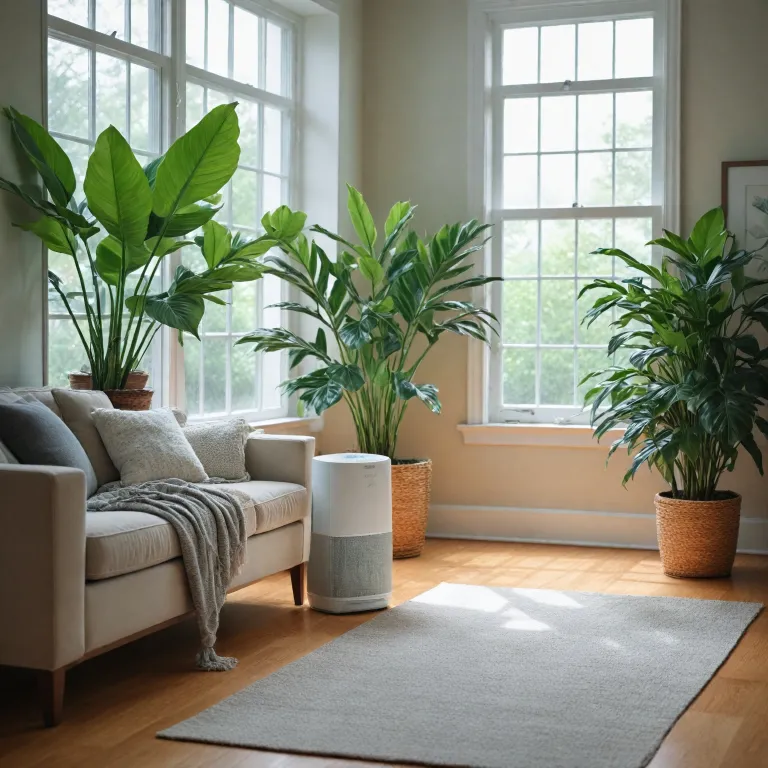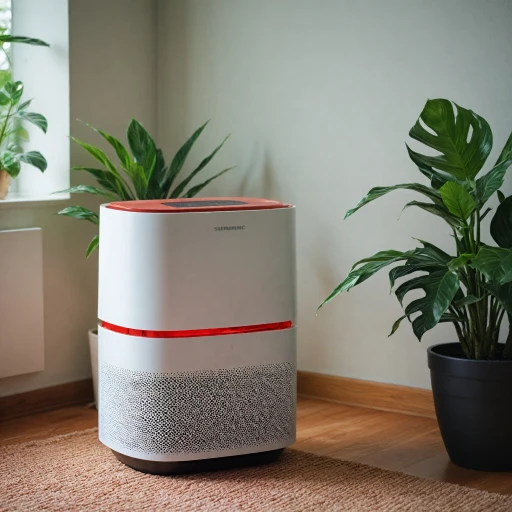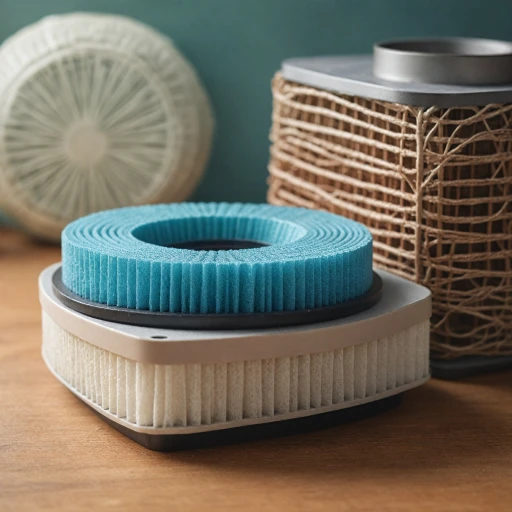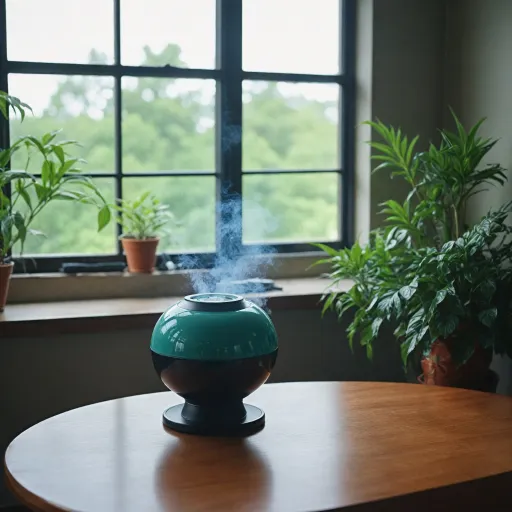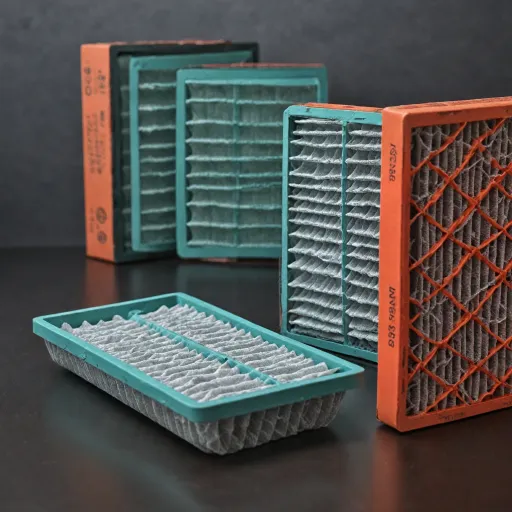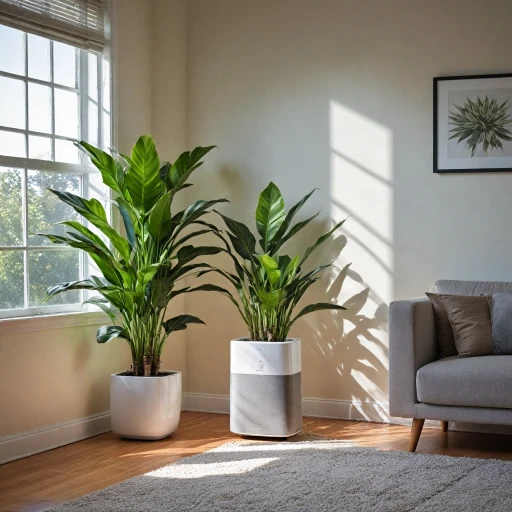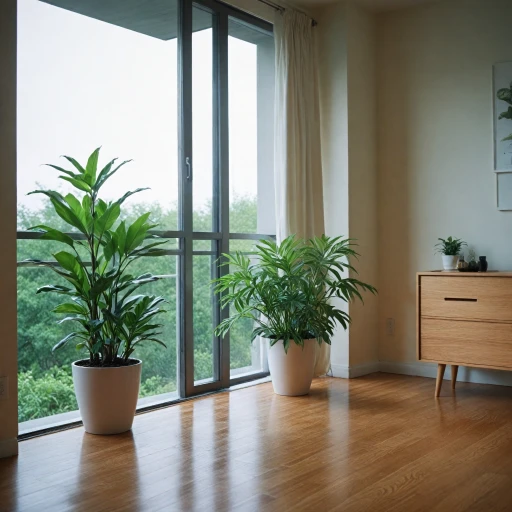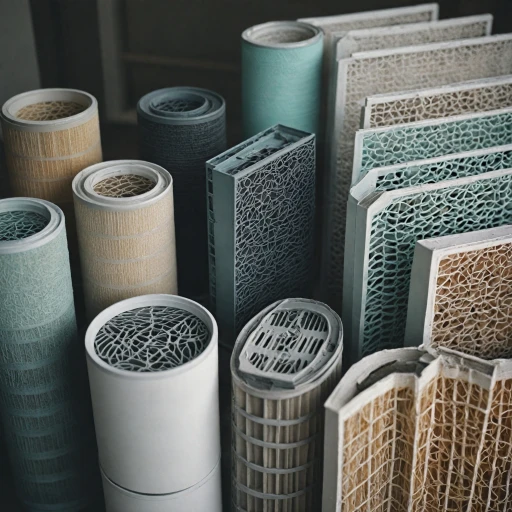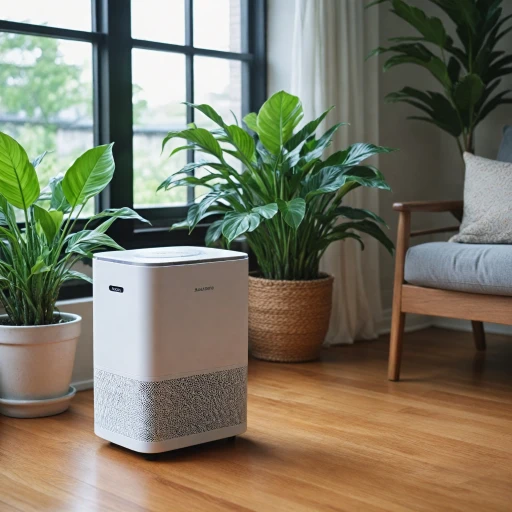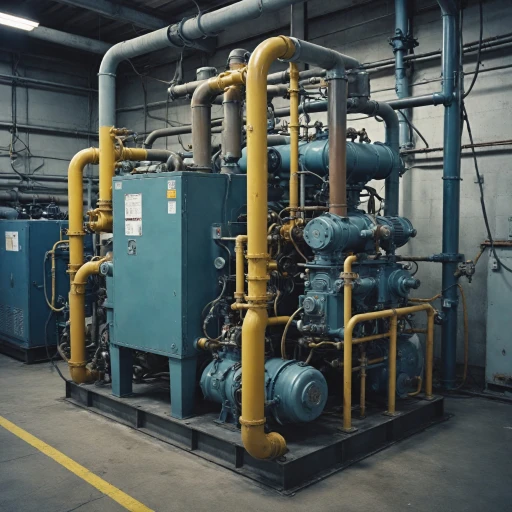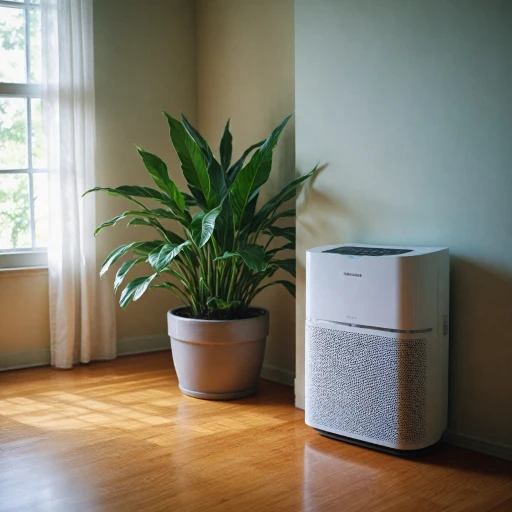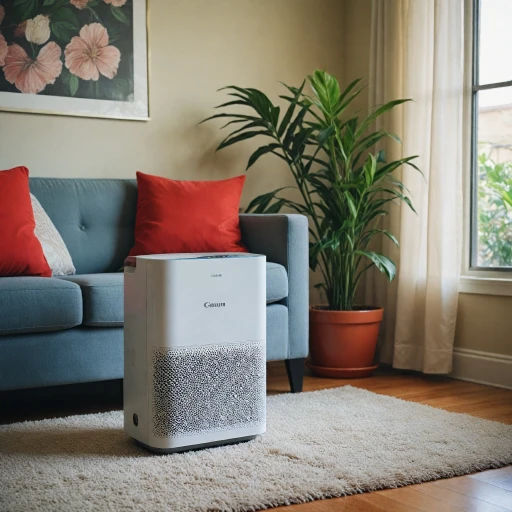
Understanding Mould and Its Impact on Health
Recognizing the Pervasiveness of Mould
Mould is more than just an unsightly blemish on walls and ceilings; it's a pervasive problem that can creep into any home space. These fungi thrive in damp and humid conditions, areas often found in basements, bathrooms, and around windows. Once established, mould releases spores into the air, which can impact the air quality significantly.Health Implications of Mould Exposure
While the presence of mould is concerning for property integrity, its most pressing danger is to the inhabitants' health. As mould spores are airborne, they can be easily inhaled, potentially leading to respiratory issues, allergic reactions, or even more severe health problems for those with compromised immune systems. These effects, coupled with high noise levels from household equipment, can further diminish the overall indoor environment.The Role of Air Purifiers in Managing Mould
Air purifiers come into play as a viable solution to improving home air quality and reducing the impact of mould spores. With advanced technology, many purifiers are equipped with true HEPA filters designed to capture these microscopic particles effectively. Additionally, models boasting multi-stage filtration processes, including pre-filters and activated carbon filters, enhance the removal of mould from the air. For more insights on the implications of filters, visit air filters in New Mexico. By understanding how mould affects health and recognizing the importance of suitable air purifiers, homeowners can make informed decisions to safeguard their living environment. Subsequent discussions will explore how purifiers specifically tackle mould, key features to look for, and real-world experiences with air purifiers in mitigating this pervasive issue.How Air Purifiers Work Against Mould
Mechanism Behind Eliminating Mold with Air Purifiers
Tackling mold in your home environment involves understanding how air purifiers can effectively work against it. Air purifiers specifically designed for mold use a multi-stage filtration system to capture and neutralize mold spores in the air, maintaining high air quality.
One of the crucial components in these purifiers is the true HEPA filter. This type of filter is proficient in capturing tiny mold spores as small as 0.3 microns, effectively reducing the presence of mold in the air. True HEPA filters focus on trapping these particles, showcasing significant performance in mitigating mold-related issues.
Additionally, many air purifiers come equipped with an activated carbon filter. These filters tackle the odors associated with mold and other pollutants, enhancing the overall air quality in your home. The inclusion of a pre-filter can also contribute by capturing larger particles, further extending the longevity of the HEPA and carbon filters.
Another key feature of an air purifier battling mold is its Clean Air Delivery Rate (CADR). This measure indicates the volume of filtered air the purifier can produce, with higher CADR values signifying better performance levels.
When selecting an air purifier for mold control, you might consider the filters' replacement needs and the noise level during operation. Some models, like the Levoit Core series, offer quiet operation even with robust mold spore removal capabilities. Smart features, such as auto mode and adjustable fan speed, can further optimize the purification process, adapting to the room's current air quality.
Understanding air filters' role in tackling mold issues can ensure better purifier performance and healthier living environments.
Key Features to Look for in an Air Purifier for Mould
Finding the Ideal Air Purifier to Combat Mold
Choosing the right air purifier for mold removal is crucial to ensure your home's air quality isn't compromised by harmful mold spores. It’s essential to consider several key features that contribute to the purifier’s efficiency and performance.- True HEPA Filters: A top priority when selecting an air purifier is the inclusion of a true HEPA filter. These filters are effective at capturing at least 99.97% of particles as small as 0.3 microns, including mold spores. This stage filtration is fundamental for any air purifier designed to tackle mold.
- Activated Carbon Filters: Mold can produce musty odors, and an activated carbon filter can significantly reduce these smells. These filters work by adsorbing gases and other volatile organic compounds, helping to maintain a fresher environment.
- CADR Rating: The Clean Air Delivery Rate, or CADR, is a critical indicator of an air purifier's effectiveness. It reflects the volume of filtered air delivered by the purifier and is shown in cubic feet per minute (cfm). A higher CADR rating indicates better performance in removing mold spores from the air.
- Noise Level: Since purifiers often run continuously, noise level is an important comfort factor. Models like the Levoit Core purifiers are renowned for their quiet operation. It's beneficial to look for purifiers that provide silent, distraction-free performance, particularly if you intend to use the air purifier in a bedroom or study.
- Smart Features and Auto Mode: Modern air purifiers come with smart features like auto mode, which automatically adjusts the fan speed based on the detected air quality. This not only improves efficiency but also ensures that the air in your home remains as clean as possible without constant manual adjustments.
- Filter Replacement: Regular filter replacement is key to maintaining purifier performance. Consider purifiers that provide convenient reminders for replacements, or check out resources to understand the importance of replacing your filter. Pre-filters are also beneficial for capturing larger particles and prolonging the life of HEPA filters.
Comparing Air Purifier Models for Mould Removal
Evaluating Purifier Models for Optimal Mould Removal
When it comes to effectively handling mould issues, selecting the right air purifier is paramount. Several factors play a role in a purifiers mold removal capabilities, including the Clean Air Delivery Rate (CADR), filtration technology, and noise level. Let's look closer at these aspects. First and foremost, CADR is a crucial metric indicating how well a purifier can filter air within a space. A higher CADR means a faster air delivery rate, effectively capturing more mold spores. Models like the Levoit Core feature CADR ratings suitable for medium to large rooms, making them an excellent choice for homes battling significant mould issues. In terms of filtration, it's essential to consider true HEPA filters, as these can capture particles as small as 0.3 microns, including mold spores. Many high quality purifiers combine HEPA filters with activated carbon filters to enhance filtration and neutralize odors associated with mold. The presence of a pre filter also adds another stage of filtration, ensuring larger particles don't clog the HEPA filter, thereby improving performance and longevity. Noise levels are another important consideration, especially if the purifier is to be used in bedrooms or living areas where quiet is essential. Models that offer multiple fan speed options, such as the Levoit air purifier, allow customization of noise levels and power settings, adapting to different room needs effectively. Additional smart features like auto mode, which adjusts fan speed based on air quality detected, can significantly ease operation, ensuring optimal performance with minimal manual intervention. Finding the best purifier for your home depends on a careful balance of these factors, though models with robust testing and top consumer reviews, such as those available on Amazon, are generally reliable choices.Tips for Preventing Mould Growth at Home
Effective Strategies for Reducing Mold Growth in Your Living Space
To effectively manage mold in your home, utilizing an air purifier is a highly recommended approach, but it's important to combine it with preventative measures. Here are some valuable tips to help reduce mold proliferation:- Consistent Cleaning: Regular cleaning is vital. Dust and vacuum with a HEPA filter vacuum cleaner to capture mold spores. Pay attention to areas prone to moisture, like bathrooms and basements.
- Control Humidity Levels: Mold thrives in humidity above 55%. A high-quality dehumidifier or a smart air purifier with humidistat capabilities can help maintain optimal levels. Many advanced models come with a smart mode to automatically adjust settings.
- Ensure Proper Ventilation: Incorporate adequate ventilation by using fans or opening windows. This assists in regulating indoor air quality, curbing moisture buildup which leads to mold growth.
- Fix Water Leaks Promptly: Address any leakages in your home immediately. Leaky roofs, pipes, or walls should be repaired quickly as they can propagate mold.
- Utilize Air Purifiers: Select an air purifier equipped with a true HEPA filter to capture minute mold spores effectively. Choose an activated carbon filter in models like the Levoit Core series, offering high air delivery rate with low noise levels, especially when used in auto mode.
- Monitor Condensation: Check windows, pipes, and walls for condensation. Improving insulation can prevent this issue, reducing moisture accumulation.
